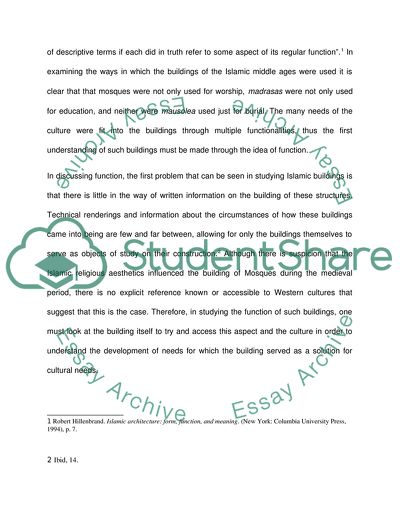Cite this document
(Great Mosques of the Islamic Abbasid Period Essay Example | Topics and Well Written Essays - 2000 words - 1, n.d.)
Great Mosques of the Islamic Abbasid Period Essay Example | Topics and Well Written Essays - 2000 words - 1. https://studentshare.org/archaeology/1756024-give-an-account-of-the-main-mosques-of-samarra-and-al-fustat-in-the-early-abbasid-period
Great Mosques of the Islamic Abbasid Period Essay Example | Topics and Well Written Essays - 2000 words - 1. https://studentshare.org/archaeology/1756024-give-an-account-of-the-main-mosques-of-samarra-and-al-fustat-in-the-early-abbasid-period
(Great Mosques of the Islamic Abbasid Period Essay Example | Topics and Well Written Essays - 2000 Words - 1)
Great Mosques of the Islamic Abbasid Period Essay Example | Topics and Well Written Essays - 2000 Words - 1. https://studentshare.org/archaeology/1756024-give-an-account-of-the-main-mosques-of-samarra-and-al-fustat-in-the-early-abbasid-period.
Great Mosques of the Islamic Abbasid Period Essay Example | Topics and Well Written Essays - 2000 Words - 1. https://studentshare.org/archaeology/1756024-give-an-account-of-the-main-mosques-of-samarra-and-al-fustat-in-the-early-abbasid-period.
“Great Mosques of the Islamic Abbasid Period Essay Example | Topics and Well Written Essays - 2000 Words - 1”. https://studentshare.org/archaeology/1756024-give-an-account-of-the-main-mosques-of-samarra-and-al-fustat-in-the-early-abbasid-period.


